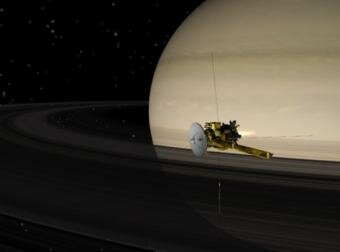According to an announcement made by T-Mobile this week, Google's popular video-sharing service YouTube and some other popular video streaming...

After exploring Saturn for more than a decade, NASA's Cassini spacecraft has found some evidence that indicates the possibility of a ninth planet in our solar system. The planet is suspected to have a mass 10 times the mass of the earth. It might be orbiting the dark region beyond Neptune. Only time will tell if the prediction will come true or not. Astronomers believe that it can take five years to confirm the planet.
Mike Brown, a professor of planetary astronomy at Caltech, is one of the men behind this prediction of existence of new planet. Brown with his colleague Konstantin Batygin, a professor of planetary science at Caltech, is observing orbits of dwarf planets in Kuiper Belt, a region which is believed to contain comets, asteroids and other small bodies made largely of ice. The Kuiper Belt exists beyond the orbit of Neptune.
The ninth planet is far away even far beyond Pluto, earlier counted as the ninth planet. Scientists proposed its existence 10 to 20 times farther away than Pluto. One orbit around the sun would take 10,000-20,000 years. On observing six tiny planets in Kuiper Belt, they thought there may be a large planet, which might be knocking these planets out of alignments by tugging on them. “Basically it shouldn’t happen randomly, so we thought something else must be shaping these orbits”, said Brown.
French astronomers were able to reduce the search area by using measurements from Cassini spacecraft. Researchers face hard time locating the ninth planet as it possibly exists out of the searchable zone. Now scientists aim at spotting the planet in reality as according to them, such a discovery may take five years.










